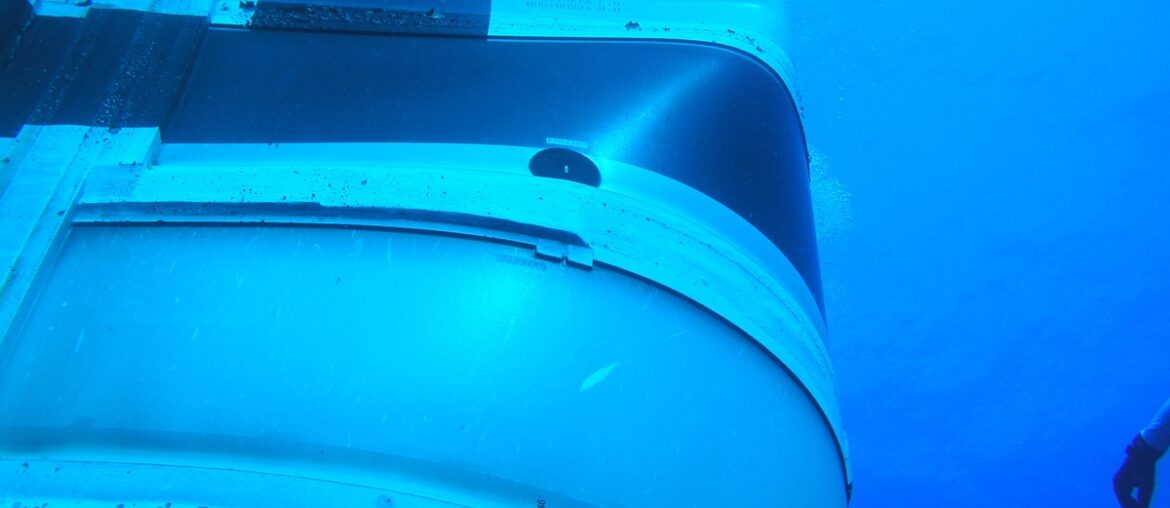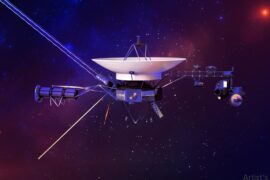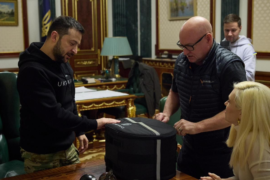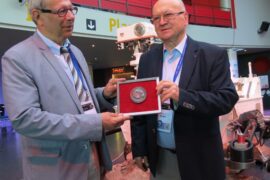On January 27, 1967 a cabin fire during an Apollo ground test killed three astronauts and changed NASA forever. Virgil “Gus” Grissom, Edward White and Roger B. Chaffee were inside a pressurized command module when an electrical spark ignited a pure‑oxygen atmosphere, and a locked inward‑opening hatch trapped them as the fire raced through the cabin.
Why study these missions? Because failures teach engineers and managers where systems and procedures break down, and how to fix them. This countdown lists 10 of the most dangerous space missions, mixes crewed flights and pioneering tests, and shows the proximate technical causes, the immediate responses, and the safety changes that followed.
Across these stories you’ll see recurring themes: hazardous materials choices, abort and pressure‑suit policies, inspection regimes, and the human skill that often made the difference between catastrophe and survival.
Launch and Pre‑Launch Disasters
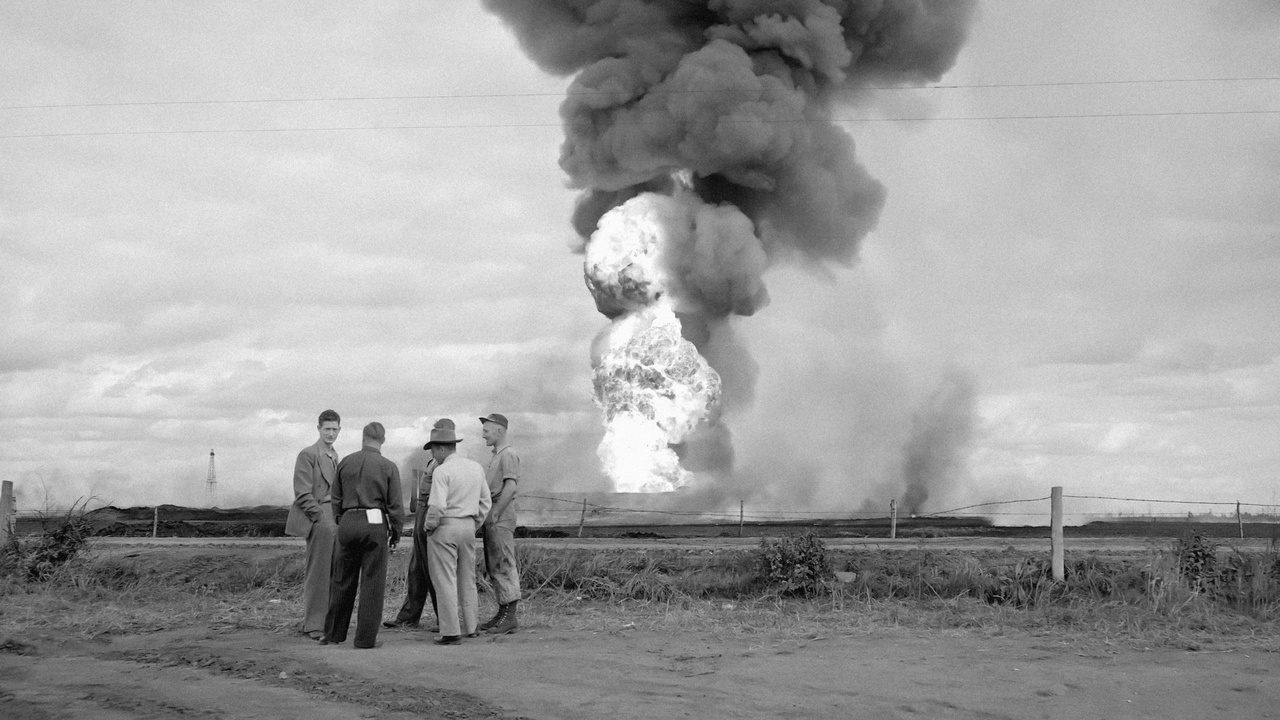
Incidents at the pad or during ground tests are especially dangerous because so much energy is present and abort windows are tiny. Ground crews are also at risk. After each disaster engineers tightened hardware specs, redesigned escape systems, and rewrote procedures to reduce single points of failure.
1. Apollo 1 (AS‑204) — 1967 cabin fire during ground test
On January 27, 1967 a plug‑flow of oxygen inside the Apollo 1 cabin turned a small spark into a fatal blaze. The inward‑opening hatch could not be opened quickly, and Grissom, White and Chaffee perished before rescuers could reach them.
Casualties: 3 astronauts. The immediate fallout was sweeping: NASA redesigned the hatch to open outward with a quick‑release mechanism, eliminated highly flammable interior materials, and moved away from a pure‑oxygen prelaunch atmosphere.
The cultural change was as important as the hardware fixes. Engineers were empowered to voice safety concerns, test disciplines tightened, and those lessons carried into Apollo and later crewed capsules.
2. Soyuz T‑10‑1 (1983) — launch pad escape seconds before explosion
On September 26, 1983 a Soyuz booster caught fire on the pad. The launch‑escape tower fired and pulled Vladimir Titov and Gennadi Strekalov clear just seconds before the vehicle blew up.
The incident proved the value of a dependable escape system. The Soyuz tower worked as designed and saved two lives, and that success shaped how later programs—both Russian and Western—prioritized pad‑abort capability.
Modern parallels include integrated abort engines and trunk‑separation logic on capsules such as SpaceX’s Dragon, all tracing their pedigree to pad‑abort lessons learned in events like T‑10‑1.
3. STS‑51‑L Challenger (1986) — booster O‑ring failure at liftoff
On January 28, 1986 the Challenger broke apart 73 seconds after launch, killing all seven crew members, including Christa McAuliffe. Cold temperatures compromised the SRB O‑ring seals, allowing hot gas to escape a joint.
The Rogers Commission found that engineering concerns were downplayed amid schedule pressure. The shuttle fleet was grounded for 32 months, and NASA instituted organizational reforms to strengthen technical dissent, risk communication, and oversight.
Design fixes and altered launch criteria reduced the odds of a repeat, and Challenger remains a stark reminder that schedule pressure can have lethal consequences.
In‑Orbit Emergencies and Life‑Support Failures
Once a vehicle reaches orbit, options shrink: crews depend on life‑support, docking systems, and attitude control. When those fail, the crew’s skill and quick improvisation often decide survival.
These missions led to major changes: mandatory pressure suits in certain phases, redundant systems, and revised emergency procedures for stations and capsules.
4. Soyuz 1 (1967) — parachute and control failures
On April 24, 1967 Soyuz 1, piloted by Vladimir Komarov, suffered multiple system faults in orbit. A compromised parachute during descent caused the capsule to hit the ground at high speed, killing Komarov.
Political pressure to meet milestones played a role in launching despite known problems. The hard lesson pushed Soviet engineers to emphasize redundant systems and more conservative flight‑readiness criteria.
Soyuz designs that followed added verification steps, and modern Soyuz reliability reflects decades of iterative fixes from early failures like this one.
5. Soyuz 11 (1971) — cabin depressurization on reentry
On June 30, 1971 three cosmonauts—Georgy Dobrovolsky, Viktor Patsayev and Vladislav Volkov—were found dead after reentry. A pressure‑equalization valve opened prematurely during descent, and the cabin lost pressure.
The technical remedy was immediate: subsequent Soyuz crews were required to wear pressure suits during critical phases. The Sokol suit became standard, and that protocol likely prevented later tragedies.
Soyuz 11 underscores how a single mechanical failure in a sealed environment can be fatal, and how procedural safeguards—like suit policy—are sometimes the best defense.
6. Gemini 8 (1966) — stuck thruster and emergency reentry
On March 16, 1966 Neil Armstrong and David Scott docked with an Agena target vehicle; moments later the combined stack began an uncommanded roll. A stuck roll thruster on the Gemini produced a dangerous spin.
Armstrong’s calm decision to shut down the Gemini’s reaction control system and use reentry control to stabilize the spacecraft prevented a fatal outcome. The mission returned early but taught NASA to revise thruster isolation checks and emergency procedures.
Gemini 8 is often cited as a showcase of piloting skill and quick decision making under pressure.
7. Mir: Progress collision and on‑board fire (1997 incidents)
In 1997 a Progress M‑34 test maneuver resulted in a hard docking that damaged Mir’s Spektr module, puncturing a hull and forcing the crew to isolate that section. Around the same era Mir crews also battled onboard fires during maintenance activities.
The Spektr isolation showed how station design must accommodate module‑by‑module sealing and how rapid crew action can save lives. Operators revised docking procedures and EVA protocols after Mir incidents.
Lessons from Mir informed ISS procedures: better automated approach systems, contingency isolation plans, and stricter maintenance protocols reduced the likelihood of similar emergencies on the international station.
Reentry, Thermal Protection, and Pioneering Flights
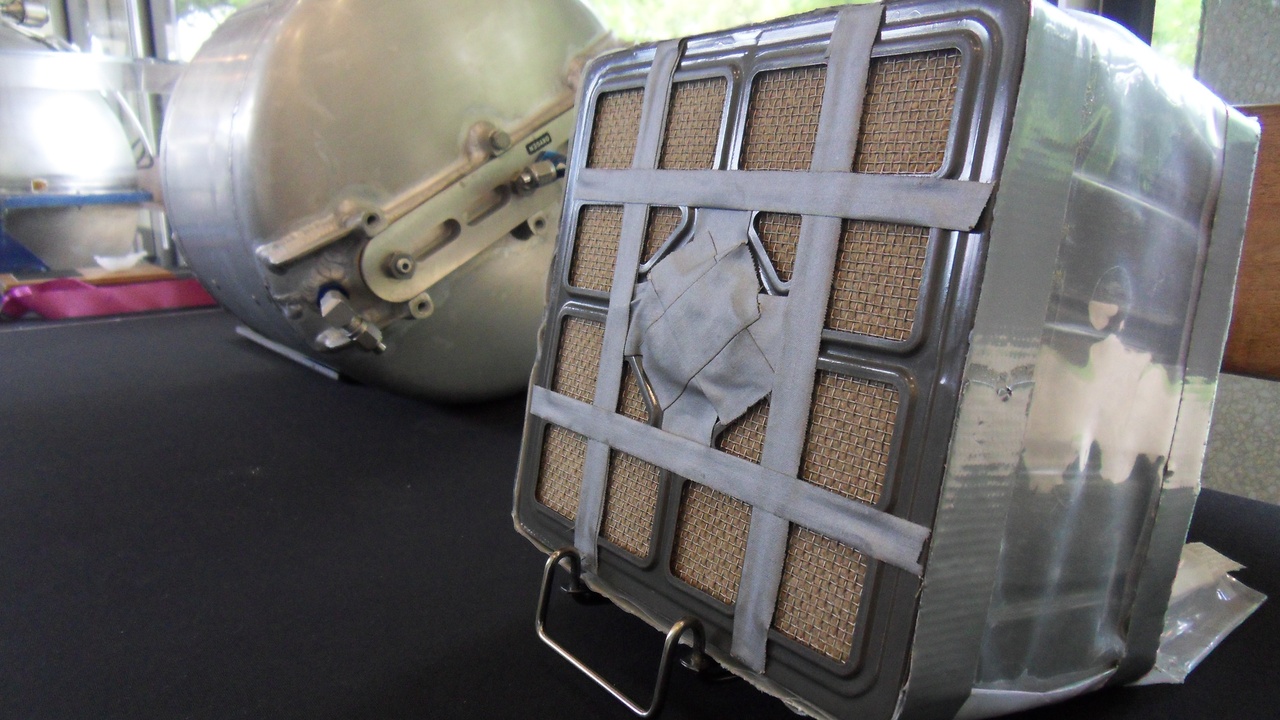
Reentry brings heat, structural loads, and the need for flawless thermal protection. First‑of‑a‑kind flights add unknowns. Failures in these regimes often lead to long program pauses and fundamental design or policy changes.
8. Apollo 13 (1970) — oxygen tank explosion and improvised survival
On April 13, 1970 an oxygen tank in Apollo 13’s Service Module exploded, crippling power generation and life support. Jim Lovell, Jack Swigert and Fred Haise used the Lunar Module as a lifeboat for roughly 90 hours before reentering safely on April 17.
Among the improvisations was jury‑rigging a square CO2 canister to fit a round receptacle using available materials—a now‑famous example of crew ingenuity and ground support coordination.
Apollo 13’s legacy is clear: redundancy, cross‑training, robust checklists, and mission‑control procedures receive special emphasis because of this “successful failure.”
9. STS‑107 Columbia (2003) — foam strike and catastrophic reentry loss
Columbia launched on January 16, 2003. Foam from the external tank struck the left wing during ascent and damaged thermal protection tiles. On February 1, during reentry, the breach allowed hot gases to enter the wing structure and the orbiter broke apart, killing seven crew members.
The Columbia Accident Investigation Board identified technical and organizational causes. Its recommendations led to mandatory on‑orbit inspection capabilities, improved TPS testing, and influenced the decision path that ultimately retired the shuttle fleet in 2011.
Columbia forced U.S. human spaceflight to rethink inspection, repair and rescue planning for crewed vehicles returning through atmosphere.
10. Vostok 1 (1961) — pioneering first human spaceflight with high unknowns
Yuri Gagarin’s April 12, 1961 Vostok 1 flight was the first human voyage into space. The mission was inherently risky: unproven systems, sparse telemetry, and a recovery method that required Gagarin to eject and descend separately under a parachute.
Political urgency and limited test data increased the stakes. Still, Vostok 1 proved human spaceflight possible and pushed designers to improve tracking, recovery practices, and telemetry for later missions.
While not an accident, Vostok 1 ranks among risky missions because the unknowns were enormous and a single failure could have been fatal.
Summary
These episodes—ranging from Apollo 1’s cabin fire to Columbia’s reentry loss—show how hard lessons became the foundation of safer practices and designs.
- Historic accidents drove concrete engineering fixes: outward‑opening hatches, pressure suits, improved O‑ring practice, and TPS inspection regimes.
- Human skill and rapid improvisation—Armstrong on Gemini 8, Apollo 13’s crew and controllers—often prevented worse outcomes.
- Regulatory and cultural changes (Rogers Commission, CAIB, flight‑readiness discipline) still shape how agencies like NASA and Roscosmos manage risk.
- As exploration continues, support for rigorous testing, transparent reporting, and on‑orbit inspection and abort capabilities remains critical to avoid repeating past mistakes.
Enjoyed this article?
Get daily 10-minute PDFs about astronomy to read before bed!
Sign up for our upcoming micro-learning service where you will learn something new about space and beyond every day while winding down.

